TLE: Plumbing Part 3
21) A plumber wants to tighten and loosen pipes. Which tool is appropriate?
a. Pipe cutter
b. Flux
c. Pipe wrench
d. Butane torch
22) A plumber wants to cut metal pipe. Which tool is appropriate?
a. Hacksaw
b. Back saw
c. Handsaw
d. Drywall knife
23) Metal with semi-rigid auger whose end is usually fitted with a hook or corkscrew is called ________.
a. plumber's snake
b. plunger
c. valve
d. bushing
24) If your toilet has trouble, you use rubber funnel-shape instrument attached to the end of the handle for unblocking. What is this tool?
a. plumber's snake
b. valve
c. plunger
d. bushing
25) Which plumbing tool is used for gripping large pipes and irregular objects?
a. monkey wrench
b. chain wrench
c. yoke vise
d. pipe wrench
26) A plumber wants to create thread outside pipe by hand. Which tool is appropriate?
a. Pipe cutter
b. Pipe threader
c. Yoke vise
d. Pipe wrench
27) A plumber wants to cut pipes. Which holding tool is needed?
a. Vise grip
b. Pipe threader
c. Yoke vise
d. Pipe wrench
28) A plumber wants to hold pipe by hand. What tool is needed?
a. Vise grip
b. Pipe threader
c. Yoke vise
d. Pipe wrench
29) The following are good plumbing practices, EXCEPT:
a. rainwater harvesting
b. water conservation
c. gray water recycling
d. excessive water consumption
30) Water contaminants are being forced back into the water piping system. Which term is referred to?
a. Water flow
b. Back flow
c. Pressure
d. Harvesting
Key Answers, Explanations, Notes, and Concepts
21) A plumber wants to tighten and loosen pipes. Which tool is appropriate?
b. Flux
c. Pipe wrench
Answer: c. Pipe wrench
Pipe cutter- used for slicing or cutting pipes.
Flux- The Fluxuator reduces the risk of contact with the flux, making the process cleaner and safer. Unlike a brush and tub the Fluxuator is difficult to contaminate, no more dirty brushes and wasted pots. The Fluxuator helps you to produce the highest quality of work on every job.
Pipe wrench- is used to hold or turn pipes or circular bars. This wrench has serrated jaws, one of which is pivoted on the handle to create a strong gripping action on the work.
Butane torch- butane torches often get to about 1400C which is sufficient to soften steel.
22) A plumber wants to cut metal pipe. Which tool is appropriate?
a. Hacksaw
b. Back saw
Answer: a. Hacksaw
Hacksaw- is a hand-powered, small-toothed saw used for cutting metal pipes, rods, brackets, etc.
Back saw- stiffening rib on the edge opposite the cutting edge, enabling better control and more precise cutting than with other types of saws. Backsaws are normally used in woodworking for precise work, such as cutting dovetails, mitres, or tenons in cabinetry and joinery.
Handsaw- is any hand saw which has a a usually unpowered saw designed to be used with one hand.
Drywall knife- with a wide blade for spreading joint compound, also known as "mud". It can be used to spread mud over nail and screw indents in new drywall applications and is also used when using paper or fiberglass drywall tape to cover seams.
23) Metal with semi-rigid auger whose end is usually fitted with a hook or corkscrew is called ________.
a. plumber's snake
d. bushing
Answer: a. plumber's snake
plumber's snake- is a flexible auger (drill bit) that is used to dislodge plumbing system clogs
plunger- to clear blockages in drains and pipes. It consists of a rubber suction cup attached to a stick (shaft) usually made of wood or plastic.
valve- is a type of fitting that allows for regulation, control, and direction of fluids passing through a pipe.
bushing- A pipe fitting used to join two pipes of different sizes. A bushing is threaded inside and out.
24) If your toilet has trouble, you use rubber funnel-shape instrument attached to the end of the handle for unblocking. What is this tool?
b. valve
c. plunger
Answer: c. plunger
plumber's snake- is a flexible auger (drill bit) that is used to dislodge plumbing system clogs
plunger- to clear blockages in drains and pipes. It consists of a rubber suction cup attached to a stick (shaft) usually made of wood or plastic.
valve- is a type of fitting that allows for regulation, control, and direction of fluids passing through a pipe.
bushing- A pipe fitting used to join two pipes of different sizes. A bushing is threaded inside and out.
25) Which plumbing tool is used for gripping large pipes and irregular objects?
b. chain wrench
c. yoke vise
Answer: b. chain wrench
monkey wrench- used to clamp onto pipes and various fasteners such as lug nuts, bolts and screws. The jaws of the monkey wrench are attached to the fastener head: This is where you want to slide the lower jaw to fit the specific fastener with a strong grip.
chain wrench- is better for very tight pipes and tubing that is brittle, and it works as a handy auxiliary pipe wrench for DIYer or Plumber, while the standard pipe wrench on the other hand is best for heavy duty pipe wrench work that involves fitting better and bigger pipes.
yoke vise- ermit the strongest jaw-to-jaw gripping of pipe for high-torque applications like threading. Reed yoke vises are made of ductile or malleable iron and have hardened, high carbon steel jaws for toughness and long life.
pipe wrench- is used to hold or turn pipes or circular bars. This wrench has serrated jaws, one of which is pivoted on the handle to create a strong gripping action on the work.
26) A plumber wants to create thread outside pipe by hand. Which tool is appropriate?
b. Pipe threader
c. Yoke vise
Answer: b. Pipe threader
Pipe threader- are one of the essential tools that has the ability and precision to cut threads on the ends of a pipes to both the female and male attachment. It can be used in various applications in different industries including mining, plumbing, and even in heavy industrial applications and many others.
yoke vise- ermit the strongest jaw-to-jaw gripping of pipe for high-torque applications like threading. Reed yoke vises are made of ductile or malleable iron and have hardened, high carbon steel jaws for toughness and long life.
27) A plumber wants to cut pipes. Which holding tool is needed?
c. Yoke vise
d. Pipe wrench
Answer: c. Yoke vise
Vise grip- used to temporarily hold a long straight edge on plywood so you can mark a line. They can also be used to remove stripped bolt heads if they are not too tight.
Pipe threader- are one of the essential tools that has the ability and precision to cut threads on the ends of a pipes to both the female and male attachment. It can be used in various applications in different industries including mining, plumbing, and even in heavy industrial applications and many others.
yoke vise- ermit the strongest jaw-to-jaw gripping of pipe for high-torque applications like threading. Reed yoke vises are made of ductile or malleable iron and have hardened, high carbon steel jaws for toughness and long life.
pipe wrench- is used to hold or turn pipes or circular bars. This wrench has serrated jaws, one of which is pivoted on the handle to create a strong gripping action on the work.
28) A plumber wants to hold pipe by hand. What tool is needed?
a. Vise grip
d. Pipe wrench
Answer: a. Vise grip
Pipe wrench can also be used for holding, but since it was majorly used for loosening and tightening, when a. Vise grip is presented as a possible answer, then it is more favorable to use as a holding tool by hand.
Vise grip- used to temporarily hold a long straight edge on plywood so you can mark a line. They can also be used to remove stripped bolt heads if they are not too tight.
Pipe threader- are one of the essential tools that has the ability and precision to cut threads on the ends of a pipes to both the female and male attachment. It can be used in various applications in different industries including mining, plumbing, and even in heavy industrial applications and many others.
yoke vise- ermit the strongest jaw-to-jaw gripping of pipe for high-torque applications like threading. Reed yoke vises are made of ductile or malleable iron and have hardened, high carbon steel jaws for toughness and long life.
29) The following are good plumbing practices, EXCEPT:
a. rainwater harvesting
b. water conservation
c. gray water recycling
d. excessive water consumption
Answer: d. excessive water consumption
Rainwater harvesting is collecting the run-off from a structure or other impervious surface in order to store it for later use. Traditionally, this involves harvesting the rain from a roof. The rain will collect in gutters that channel the water into downspouts and then into some sort of storage vessel.
30) Water contaminants are being forced back into the water piping system. Which term is referred to?
b. Back flow
d. Harvesting
Answer: b. Back flow
Water flow- movement of water in which flow of water in your plumbing system is determined largely by the width of your pipes and the amount of pressure surging through them.
Back flow- is a term in plumbing for an unwanted flow of water in the reverse direction. It can be a serious health risk for the contamination of potable water supplies with foul water. In the most obvious case, a toilet flush cistern and its water supply must be isolated from the toilet bowl.
Pressure- continuous physical force exerted on or against an object by something in contact with it.
Harvesting- 'water harvesting' generally refers to the collection of rainstorm-generated runoff from a particular area (a catchment) in order to provide water for human, animal, or crop use.
Comments, Suggestions, Corrections, and Clarifications are highly appreciated. Kindly put those in the comments section. Fighting!



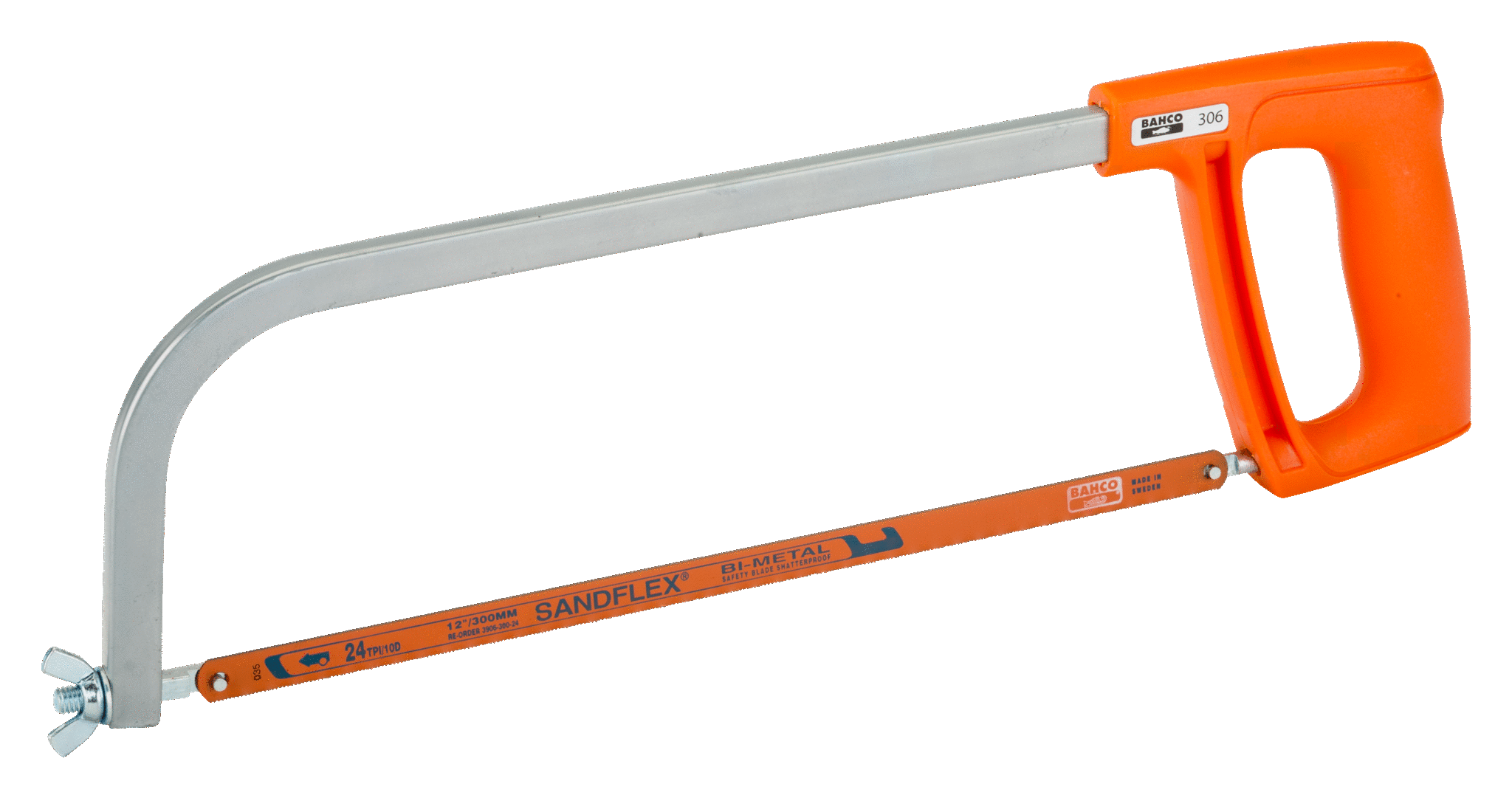
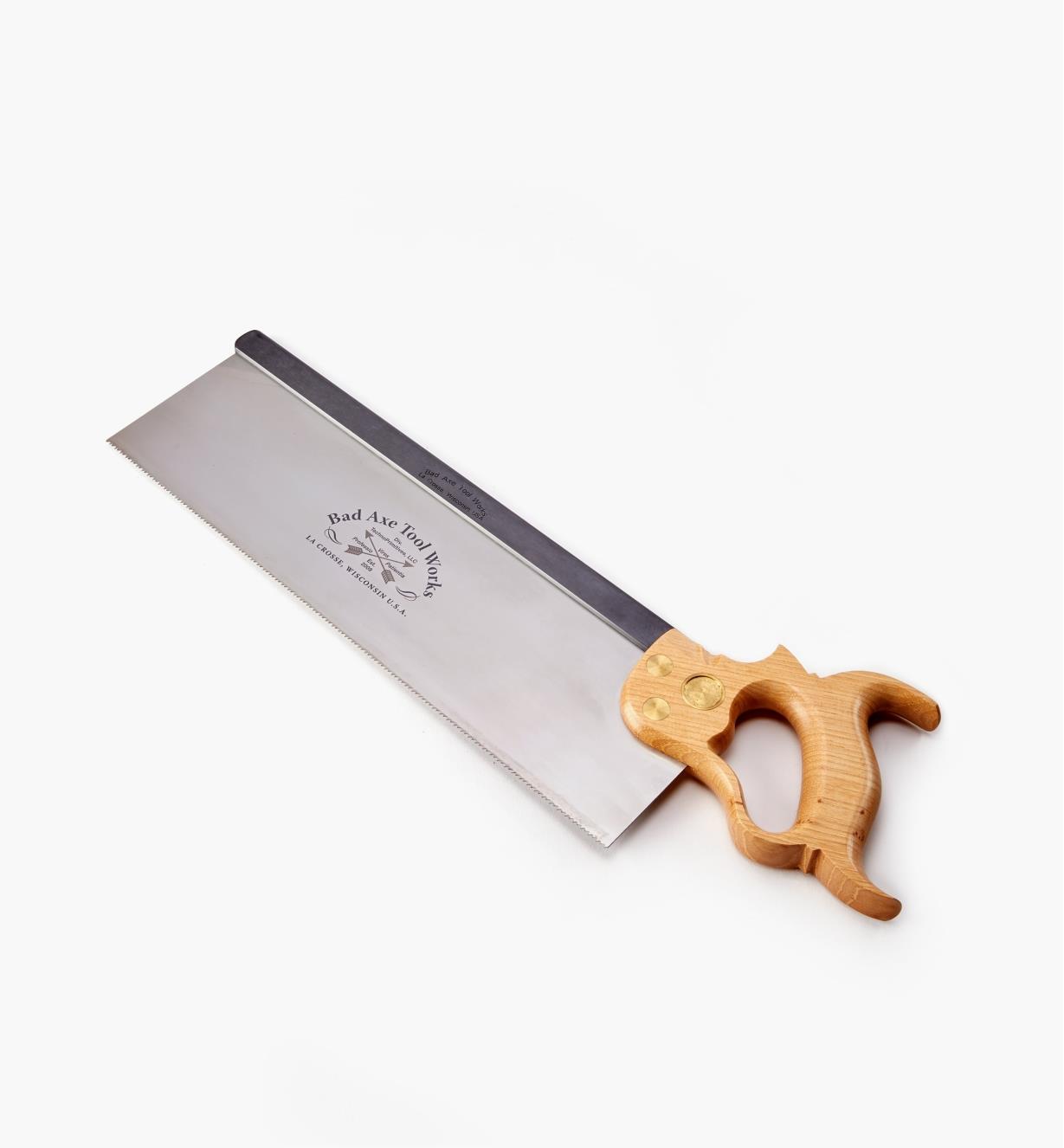



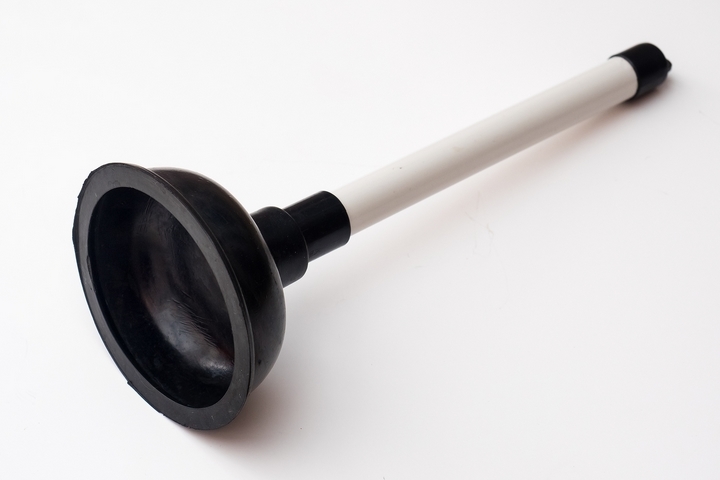


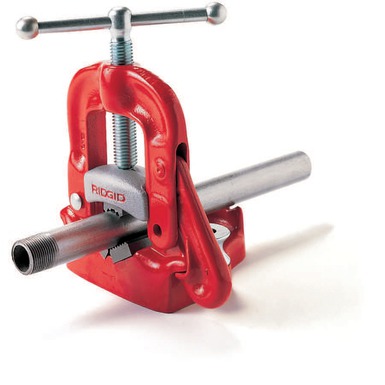
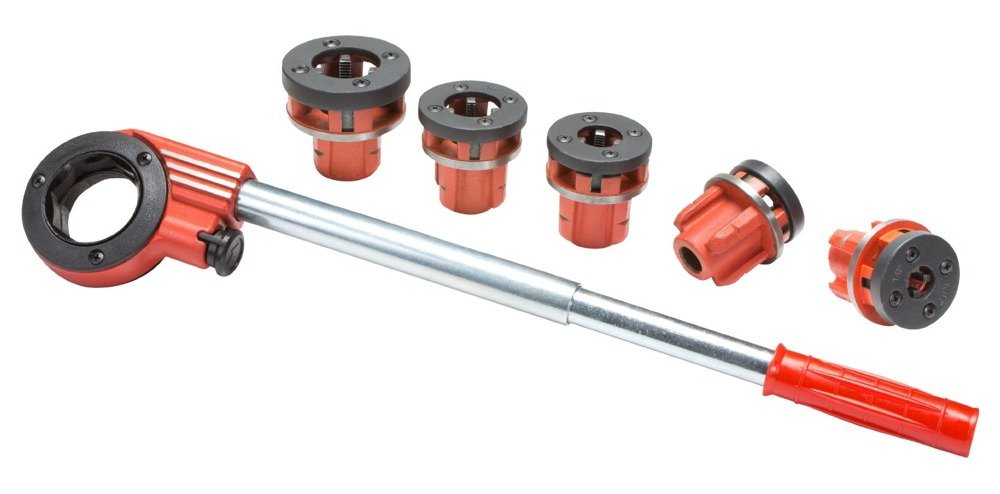
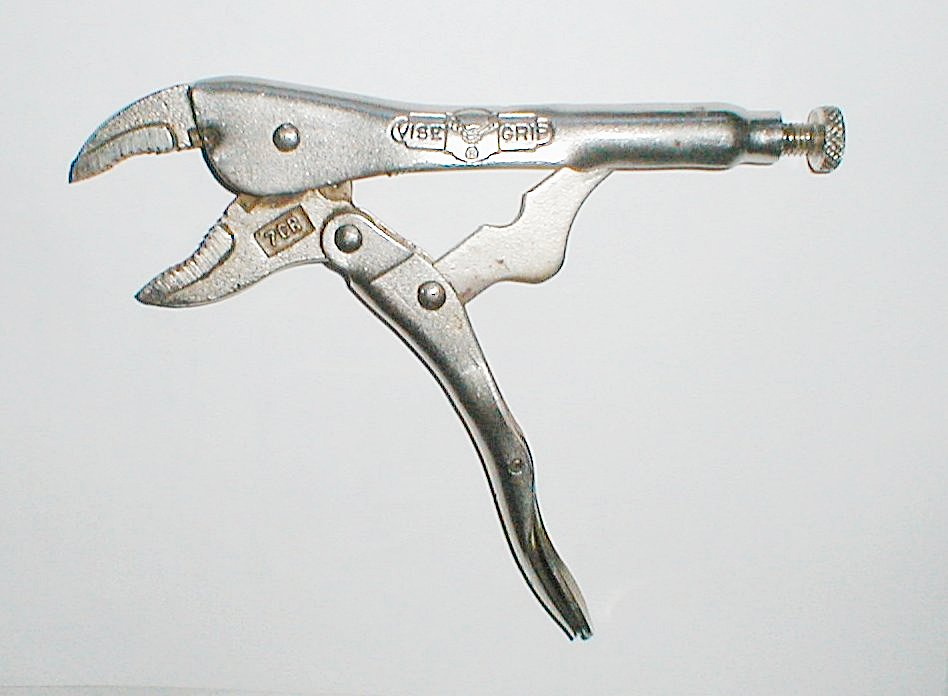
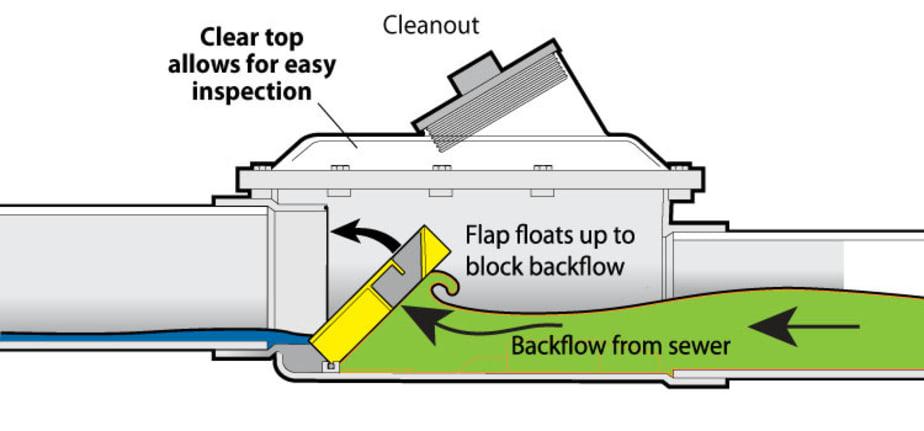

Comments
Post a Comment